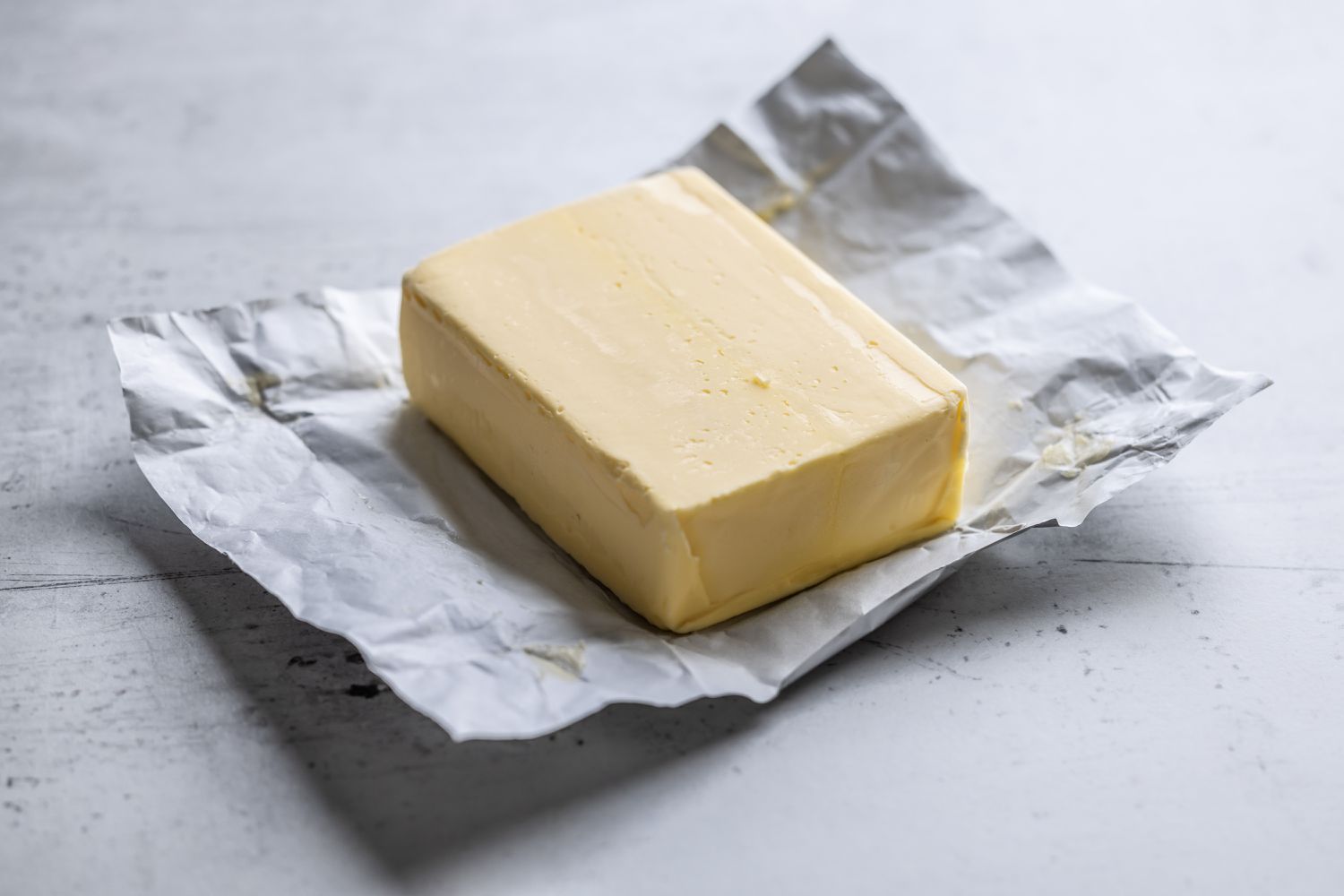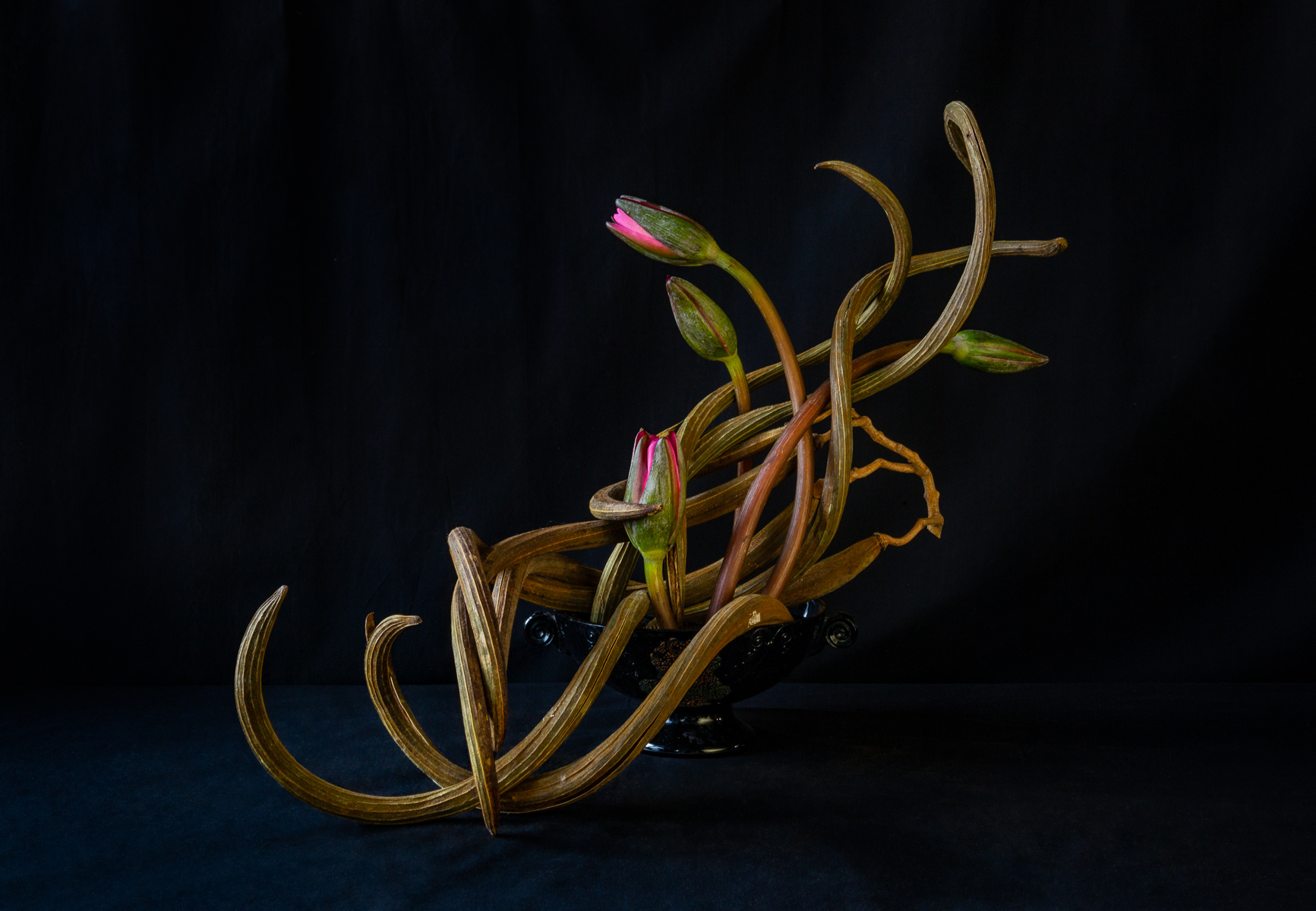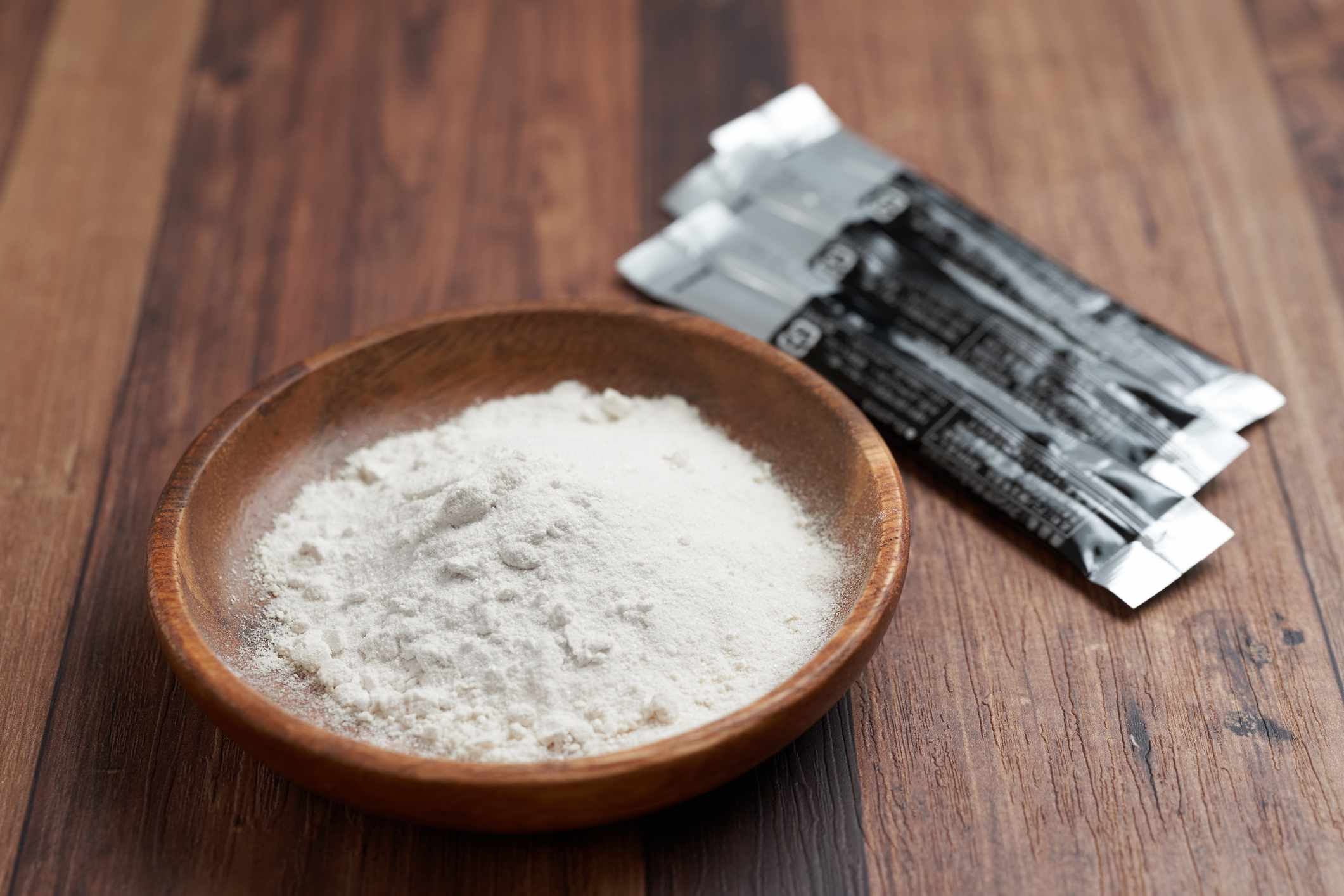
How to Brew Tea According to Experts, From Choosing the Right Leaves to Steeping Correctly
Tea drinking may be as old as the hills, but it’s constantly evolving. The tea bag has been ubiquitous since the 1950s, but as new generations, notably Gen Z and millennials, acquire the habit, they are trading traditional tea bags for loose-leaf teas, artisanal blends, and fresh flavors. Learning how to brew tea the right way can elevate every cup. We spoke to tea experts and picked up pointers for enhancing the sipping ritual.
Tea Is Trending
Tea consumption is on the upswing: Grand View Research reports that the U.S. tea market, estimated to be worth $17.42 billion in 2024, is expected to expand to $24.61 billion by 2030, largely driven by an increased awareness of tea’s health benefits. According to the Tea Association of the U.S.A. Inc., four in five consumers drink tea, with 87% of millennials being the most likely group to sip it—and Gen-Zers following suit. “Tea is becoming viewed as an experience to be explored rather than merely a beverage to be consumed, much like craft coffee or wine,” says Andy Hayes, founder of Plum Deluxe, which specializes in organic, handcrafted teas.
Tea as a Daily Habit
Peter F. Goggi, president of the Tea Association of the U.S.A., Inc., says interest in tea was piqued during the pandemic. Millennials and Gen Z— especially college-age consumers—turned to tea to ease stress and calm down.
Meditative moments: That journey continues. “Younger generations are transforming tea time into a mug-based kind of mindfulness, whether it’s a leisurely morning ritual, a screen break, or an evening wind-down,” says Hayes.
Alcohol-free: Tea dovetails with the growing trend of saying ‘no thanks’ to alcohol and ‘yes, please’ to rituals that feel good and do good, he adds.
Health Benefits
Green, white, black, and white tea, made from the Camellia sinensis plant, are rich in antioxidants and contain L-theanine, which promotes relaxation. Tea has the natural ability to calm, Goggi notes. “Don’t underestimate the healthfulness of a cup of tea,” he says, adding that tea now meets the FDA’s updated definition of “healthy” for food labeling.
The 3 Ts: How to Brew Tea the Right Way
Tea that’s too weak, strong, astringent, or bitter can squash that mindful moment in a heartbeat. Goggi says good quality tea, the amount of time you brew it, and the water temperature are the three important ingredients for making the best cup. “It’s all about time, tea, and temperature—the three Ts,” he confirms.
The Tea: Choose Loose-Leaf
Loose-leaf tea is gaining popularity, and experts agree that its pleasures outweigh those of bagged teas. “The days of dusty tea bags at the grocery store are long gone,” Hayes says. He adds that loose-leaf tea allows the leaves to breathe and unfurl, releasing their complexity.
“It’s a more unique tea-brewing process, one that stimulates the senses and can serve to calm in a rapid-paced world,” says Emeric Harney, marketing director and third-generation member of Harney & Sons tea company.
Consider Environmental Impact: Loose leaf’s cost-effectiveness and reduced packaging provide further incentives.
Instead of single-use plastic tea bags that release microplastic particles, Anney Norton, CEO and Gen-Z founder of Dream Tea NYC, which specializes in organic customized and curated blends, offers greener, pre-wrapped cotton tea sachets, giving tea drinkers who like bags another option.
The Temperature
For black tea, Goggi recommends bringing water to a rolling boil, or 212 degrees Fahrenheit, turning the kettle off, then immediately pouring it over the tea for black tea. Green tea, which is more delicate than black tea, requires a lower temperature depending on the specific type. Goggi suggests boiling to 212 degrees, then letting the water sit for about 5 minutes to reduce the temperature to 175 to 185 degrees before pouring over the leaves.
The Time: Steeping
Norton suggests brewing herbal tea like chamomile for 5 to 7 minutes, black tea for 3–5 minutes, and green tea for 1 to 3 minutes. The steeping time for tea depends on the type of tea and the size and shape of the leaf, Goggi explains.
Large and small leaf: Whole-leaf (or large-leaf) teas have a subtler taste, while small-leaf (or CTC teas), in which the leaves are crushed, torn and curled, or macerated during processing, make a stronger, thicker brew. “With a large-lea tea, it takes a lot longer for all the constituent parts of the tea to migrate into the brew,” Goggi says, noting that physics, or the volume-to-leaf ratio, impacts brewing times.
Blends: A tea manufacturer or tea taster blends specific teas for aspects like body, lightness, and brightness. “Brewing it for at least three minutes gives all the components time to get out, so you receive a balanced cup, which is what the tea manufacturer intended,” Goggi says.
The Vessel: Use a Teapot
The brewing vessel also impacts results. “The best is a traditional ceramic or glass teapot that imparts no flavor to the tea,” Goggi says. He avoids aluminum and other metals, which reduce the tea temperature too quickly and impart a metallic taste. Harney agrees, explaining, “Allowing tea leaves to roam and steep free inside of a teapot before being poured through a strainer is the most ideal.” He says a large infuser basket in your cup also works.
Avoid tea balls: Harney nixes tea balls and covered spoons because they hinder loose-leaf tea’s ability to expand and release flavor.
Tea Cups Make a Difference
While the teapot’s material impacts taste, teacups play into personal preferences, like sipping from your favorite mug, Goggi says. “Anything that adds a little extra touch to the experience, whether it’s an aesthetically pleasing cup or a spoonful of organic honey from the farmers’ market—is always a welcome addition!” Norton adds.
While it may not improve flavors, Hayes finds porcelain cups more sophisticated. “Why not make slowing down feel a little more special if you’re going to make it a ritual?” he muses.










